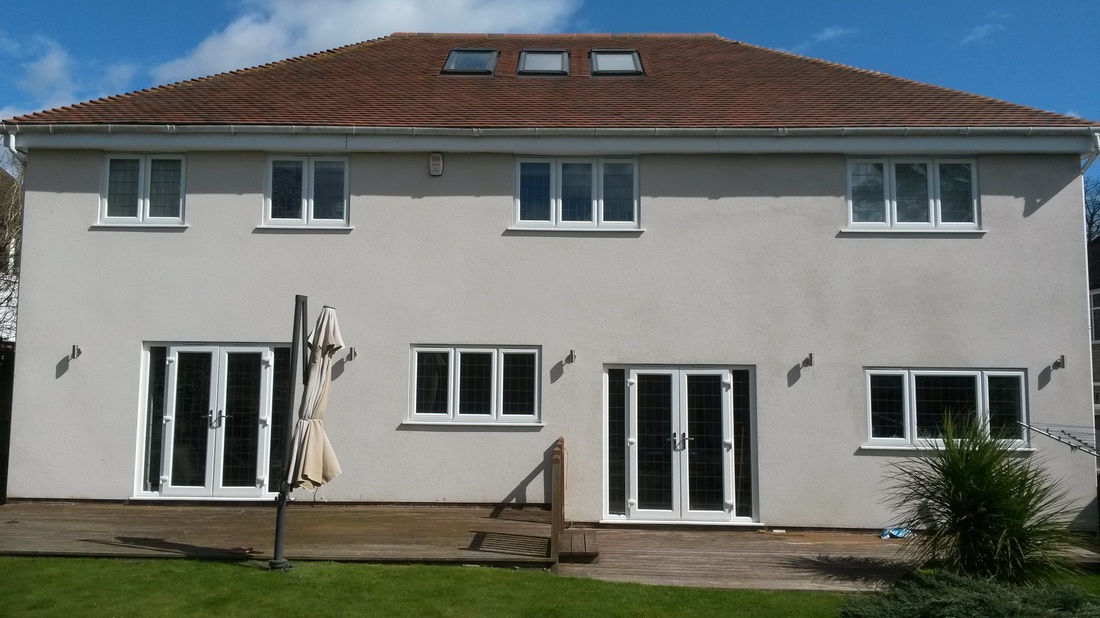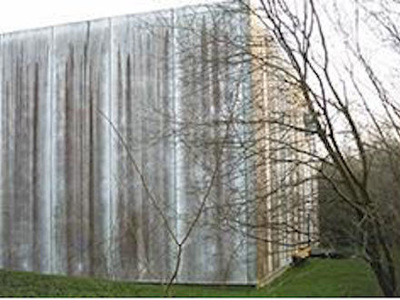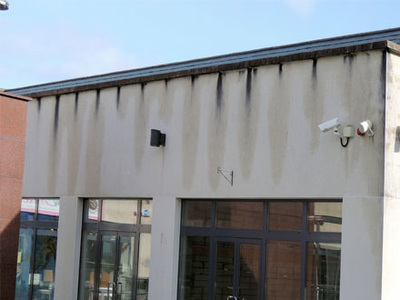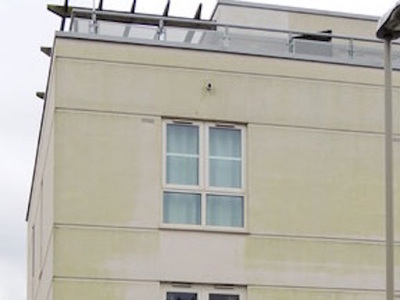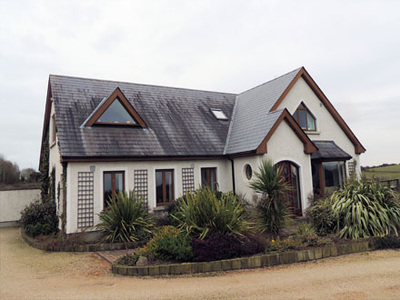Please don’t hesitate to contact us if you have any questions.
Call us at 01276 582 031
Render CleaningOver the past 30 years, self-finished renders were popularly used among architects and within the construction industry. There are many reasons, both architectural and practical, why they are a first choice for many new and refurbished properties. For the designer, new finishes that were originally difficult to obtain with paint are now offered with render, such as smooth, textured, pebble dash, brick effect and many more. On the construction site, there is no extra curing time before the building is finished which suits modern building constraints. Self-finished renders are also low maintenance, they may need a clean every now and again but re-painting is often unnecessary.
In climates like the UK it is highly likely that your render will be attacked with green and red algae, mould, bacteria, and cyanobacteria. To maintain a clean and healthy render it is important to control the biofilm, which is a group of microorganisms that are stuck to a surface. |
BiofilmThe best way to control the biofilm is by saturating the surface with a quaternary ammonium solution. AlgoClear® Pro is the product that we use which works on the biofilm by puncturing the microorganism cell walls. The treatment does not interact however with the mineral components in self-finished renders, and does not contain any compounds that can be deleterious to the colouring agents or the surface cohesion. With a neutral pH, the product is safe to use on rendering surfaces and even on porous render, it will decontaminate deep into the surface safely.
Bacteria and CyanobacteriaBacteria and Cyanobacteria have thin cell walls and die at rates varying with the concentration of the AlgoClear® Pro solution. At a normal rate, all of the studied species die within one hour of spraying the treatment. The self-cleansing process that follows will take a few days under normal exposure.
|
Green and Red AlgaeGreen and red algae will die within minutes of the treatment spray application. If the algal film is thick enough, a milky sheen will replace it for a short period before dispersing in the wind. The orange pigment originating from theu red algae Trentepholia may dwell in the surface porosity, but due to it being water soluble, it will wash away with the rain. 10 days is a reasonable prediction for the complete removal of the algae.
MouldMoulds are a group of filamentous fungi that have a structure enabling them to hold their filaments in the porosity of render and even rock. As a result, moulds do not self cleanse as readily as algae. The most common species of fungi on facades are the Cladosporium and Alternaria. Both metabolise a black pigment protecting them from UV radiations which can cause some staining of the surface.
|
Moulds are killed by a solution of AlgoClear® Softwash Pro within approximately one hour. The self-cleansing however can take several months, or it can also be helped in a second visit by rinsing with fresh water. The treatment of moulds is best carried out in steps. First we remove the thick mould on the surface with a scraper until the substrate is clearly visible. Then we apply a 1/20 solution of AlgoClear® Pro using a soft bristle brush which helps to soften the biofilm. After brushing, a rapid rinsing with the 1/20 AlgoClear® Pro solution will complete the second step. About 6 weeks after the treatment the black discolourations should have significantly receded.
It is good practice to leave the surface to shed the dead biofilm for between 4 weeks to 6 weeks. This gives the superficial stains time to receed, leaving the marks requiring attention more identifiable. The second visit may consist of a simple pressure water rinsing. The remaining metabolites are not alive, so therefore a second biocidal treatment will not succeed in reducing them. If the water pressure fails to reduce the marks, then a specific oxidising treatment is required. |
Covered Area
Ascot, Bagshot, Beaconsfield, Binfield, Blackwater, Bracknell, Camberley, Crowthorne, Chobham, Farnborough, Finchampstead, Fleet, Frimley, Gerrards Cross, High Wycombe, Lightwater, Maidenhead, Marlow, Reading, Sandhurst, Sunningdale, Sunninghill, Twyford, Virginia Water, Windlesham, Windsor, Woking, Wokingham, Yateley, and everywhere in between.

